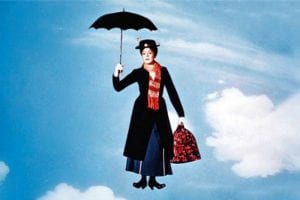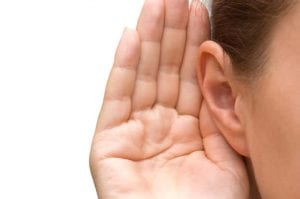A few weeks ago I had the honor of presenting at The Convening for Personalized Learning up in Milwaukee, WI with Kirstin Murphy and Elsa Glover. When we were preparing for our presentation I was thinking alot about how the teacher becomes the coach in personalized learning. I kicked off one of my portions of the presentation with this slide:

This reflection made me realize how relevant that it was that I shared with you my new find. I am currently reading Differentiated Coaching: A Framework for Helping Educators Change by Jane Kise. In personalized learning, we are not asking you to let the students do whatever they want. We are asking you to coach them; to get them ready for the next step and those game time moments in life.
As a district, we have started with the student profile to get our students to be more reflective learners and begin to talk about how they learn. Differentiated Coaching: A Framework for Helping Educators Change can help in the way that we look at our students. Kise writes, “There are no resistant teacher, but rather only teachers whose needs during change have not yet been met.” Change the word “teacher” with “student.” Isn’t this what we believe? All students have the ability to grow and succeed. It is our job as teachers to set those expectations high and have the conviction that all of our students can reach them. It is why “teacher estimates of achievement” ranks first on Hattie’s list of effect sizes.
The day in, day out of this expectation can look very different compared to the simplicity of stating the belief. It is no easy task to reach every student and help them find his/her potential for growth. We have talked for years about learners and identifying if they are kinesthetic, auditory, visual, or tactile. We were taught how to differentiate our lessons based on these modalities. What if we need to go further? I am sure that this is no shock to most of you :). Kise goes further.
I decided a good place to start is with coaching styles. These four approaches defined by Kise may help you identify learners in your room and the way they may want to be guided for success. I am going to look at these from the lense of a teacher and student relationship. Below each coaching style you will see a generic description of what that coach provides, the core requirements for that type of coaching, and some indicators students may display that would indicate they would respond best to this type of coaching.
1) The Useful Resource
Definition: A facilitator that has a large amount of resources and can readily hand the student something to move them forward on a goal.
Core Requirements: bag of tricks, multiple methods, ability to tailor methods for specific subjects and situations
Student Indicators: hands on learner, needs an example before they can move forward, needs structure to begin, concrete thinker, needs to see impact quickly, detail oriented
2) The Encouraging Sage
Definition: A facilitator that can give a lot of in the moment feedback.
Core Requirements: time, enthusiasm, and the ability to evaluate and give in-the-moment suggestions and encouragement
Student Indicators: asks for continuous feedback during class, selects to sit at the teacher table and talk through ideas/assignments, small obstacles can quickly detour student, too many options overwhelm the student, loves the “I do” (teacher does) portion of a lesson (modeling)
3) The Collegial Mentor
Definition: A facilitator that can stand back and let the student run. The student will need them as a sounding board throughout their growth.
Core Requirements: open-mindedness to alternate pathways, patience, and listening skills
Student Indicators: likes to “do it on their own” and then check later, can often get to the “right” place but takes a different route, may come up with multiple ideas before moving forward on anything, big picture thinker and will work out the details as they go
4) The Coach as Expert
Definition: A facilitator that can speak with conviction on the topic. They need to be able to answer the hard questions to help the student understand on a deep level.
Core Requirements: depth of knowledge and objectivity
Student Indicators: questions a lot, likes to debate, needs to be sold on ideas, can be seen as resistant or abrasive
Take the time to think about the students in your classes. Can you picture these kids? Have you tried to meet their needs and offer them the support they need due to their personality type? One or two of the coaching styles will most likely ring a bell with how you normally work with your students. We tend to coach in the way that we would want to be coached or teach the way we want to be taught. On the flip side is there is there one of the styles that may drive you a bit crazy? Do you find it hard to connect to? That is ok. It starts with being aware of your own patterns and strengths and then finding strategies you can use to work with those students that are least like you.
Kise gets much further into identifying different personality types and how to connect and work with those that are different from our realm of comfort. While I could go on, I believe I will keep you in suspense for Part 2 of this post in a few weeks. I will get into a more detail on the different personality types from Differentiated Coaching: A Framework for Helping Educators Change to help identify the people you are working with a bit better.